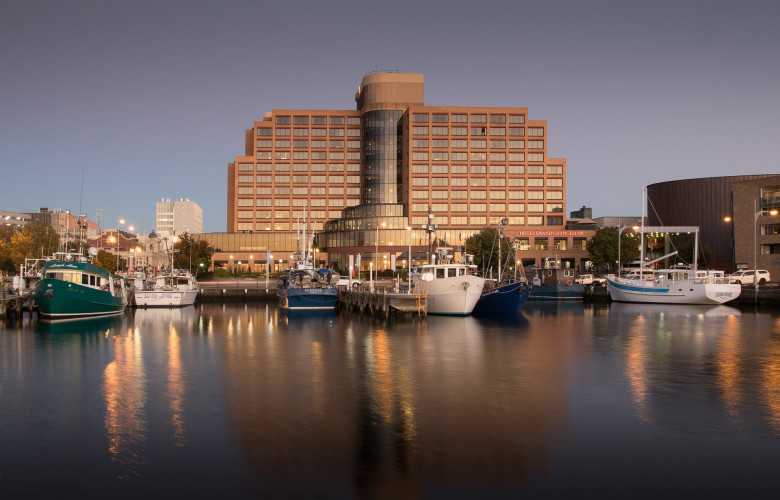Property price growth lowest in three years
Contact
Property price growth lowest in three years
Data from the Australian Bureau of Statistics and the Real Estate Institute of Australia shows that uneven performances across the country are slowing the overall pace of property price growth.
The Australian Bureau of Statistics data released yesterday showed that residential property prices increased 3.5 per cent in the year to September, the weakest growth since March 2013, and a decline from the peak of 10.7 per cent a year ago.
Property prices continued to fall in Perth and Darwin, while prices rose in all other capital cities, according to the September quarter data.
Sydney recorded the largest quarterly growth of all capital cities, with house prices rising 2.9 per cent and attached dwellings increasing 2.1 per cent.
Melbourne recorded the strongest growth for the year, with property prices increasing 6.9 per cent. The report also showed that Hobart recorded the second strongest growth for the year, with prices rising 6.8 per cent.
Data from the Real Estate Institute of Australia, released today, in the REIA Real Estate Market Facts report, showed that during the September quarter, the weighted average capital city median price increased by 1.4 per cent for houses and 1.6 per cent for other dwellings.
“The weighted average median house price for the eight capital cities is now $712,776”, said Malcolm Gunning, President of the REIA.
Gunning said the different economic circumstances of the states are impacting property prices.
"Reflecting the differing fortunes of state economies, over the quarter," he said, "the median house price increased in Sydney and Melbourne while the rest of the capital cities recorded decreases."
For the year, the median house price went up by 2.2 per cent and all capital cities, apart from Perth, Canberra and Darwin saw prices rise.
Gunning said the REIA data shows that Sydney property is the most expensive in the country, while Hobart offers the best value.
“At $1,076,878, Sydney’s median house price is the highest among the capitals, whilst Hobart retains the lowest at $385,000 - the figure is 46% lower than the national average,” he said.
See also:
Treasury report shows foreign buyers not causing high property prices
Increase in apartment supply slowing pace of property price growth





